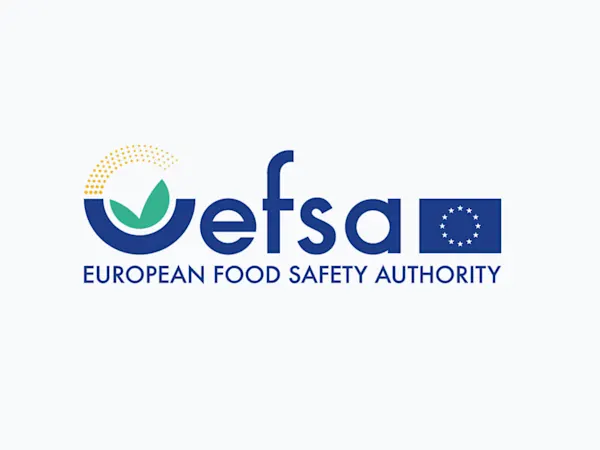
Illinois to Ban Nonbiodegradable Plastic Glitter in Personal Care Products by 2029
Illinois will prohibit nonbiodegradable plastic glitter in personal care products by 2029, impacting manufacturers, retailers, and regulators alike.


The U.S. Food and Drug Administration (FDA) recently reaffirmed its decision to remove the use of most phthalates in food packaging following objections raised by public health advocacy groups. Citing industry abandonment of these chemicals, the FDA confirmed on October 29, 2024, that it would uphold its 2022 rule to withdraw many phthalates from authorised food contact applications. However, the FDA also announced continued research into potential health risks associated with the few phthalates that remain in use.
Phthalates are a group of synthetic chemicals commonly used to soften plastics and make them more flexible. Historically, they were widely employed in various consumer products, including vinyl flooring, adhesives, and personal care products, as well as in certain types of food packaging. In food contact applications, phthalates acted as plasticisers to provide the flexibility needed in materials like wraps, storage containers, and tubing. However, as research emerged about potential health risks, their use became a concern, especially in materials that may directly contact food.
Studies have increasingly linked phthalates to significant health risks, particularly affecting reproductive health, development, and endocrine function. These chemicals are considered endocrine disruptors, capable of interfering with hormone systems, and are associated with developmental issues, particularly in children. According to the Centers for Disease Control and Prevention (CDC), phthalates can be detected in the urine of nearly all individuals tested, suggesting widespread exposure. Even small amounts may have adverse effects over time, especially in vulnerable populations like pregnant women and infants.
Emerging studies have further suggested a possible connection between phthalates and chronic conditions such as obesity, diabetes, and even certain cancers. Due to these potential risks, there has been a growing call from health professionals and advocacy groups to restrict or completely eliminate phthalates in food contact materials.
In 2022, the FDA issued a final rule removing authorisation for many phthalates in food contact applications, citing that these chemicals were no longer actively used by the industry. This decision followed a voluntary shift by many manufacturers to use safer alternatives. The FDA’s evaluation revealed that the majority of phthalates previously approved for use in food packaging had effectively been abandoned by industry, prompting the FDA to remove their authorisation without major resistance from manufacturers.
However, several public interest groups, including the Environmental Defense Fund and Consumer Reports, objected to this rule. They argued that the rule’s “abandonment” basis did not address the ongoing health risks posed by phthalates that remain in use, urging the FDA to classify all phthalates as a single group and revoke their use altogether. Despite these objections, the FDA reaffirmed its stance, citing insufficient data to justify revoking all phthalates as a class.
While most phthalates are no longer authorised, a small subset remains in use. The FDA explained that it would not classify all phthalates as a single group, as proposed by advocacy groups, due to limited evidence on the collective risks of these chemicals in food packaging. The FDA emphasised that its current regulations align with the best available science, ensuring consumer safety without unjustified restrictions on industry practices.
In response to calls for further investigation, the FDA announced it would continue studying the safety of the remaining phthalates authorised for food contact, ensuring any emerging evidence of harm will inform future regulatory actions. An updated safety assessment on authorised phthalates in food packaging is underway, which the FDA anticipates will provide additional insights into their health impacts.
Globally, several regulatory bodies have already limited or restricted phthalates in consumer products. The European Union has imposed strict restrictions on many phthalates in toys and childcare products due to health risks, with similar actions taken by countries such as Canada and Japan. These measures reflect an international trend toward reducing exposure to potentially harmful chemicals in consumer products. The U.S. FDA’s actions are a part of a broader global reevaluation of phthalates, although the FDA’s approach has been relatively conservative compared to some international standards.
As the FDA proceeds with further studies on authorised phthalates, its commitment to aligning food safety regulations with scientific evidence remains central. Advocacy groups continue to push for more stringent rules on phthalates, citing the potential risks associated with prolonged exposure. The FDA’s forthcoming safety review may provide further clarity and drive future regulatory updates, ensuring public health remains a priority as food packaging technologies evolve.
Foresight continuously tracks 1000s of sources and maps updates to your portfolio:




Illinois will prohibit nonbiodegradable plastic glitter in personal care products by 2029, impacting manufacturers, retailers, and regulators alike.

ChemSec updates the SIN List with neurotoxicants, spotlighting brain-damaging chemicals and urging EU regulators to act swiftly on these hidden threats.

EFSA launches consultation on updating its Weight of Evidence and Biological Relevance guidance, aiming to streamline chemical risk assessment practices.
Subscribe to Foresight Weekly and get the latest insights on regulatory changes affecting chemical compliance.
Free forever. Unsubscribe anytime.
Read by professionals at